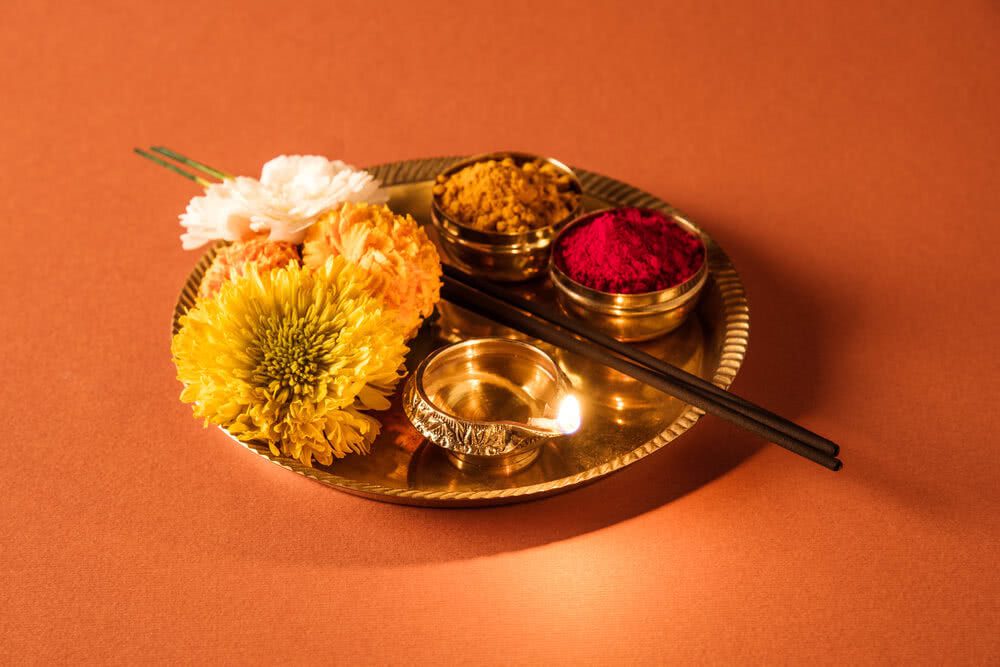Why Marigold Shines on Diwali- NYC Makes It Official Holiday
By Jill Brooke

Marigolds are everywhere for Diwali, a five-day religious celebration that symbolizes the spiritual “victory of light over darkness and knowledge over ignorance.” Members of Hindu, Sikh, Jain, and some Buddhist communities decorate their homes with lights, little oil-filled lamps called diyas, flowers, and candles. They also create rangoli, elaborate designs made of colored rice, sand, or flower petals.
This year’s festivities are even more special because Diwali is officially a New York City public school holiday. Mayor Eric Adams made the announcement joined at City Hall by Assemblymember Jenifer Rajkumar, the first Hindu American and first South Asian American woman elected to state office. It starts in 2024.
“Today we say to over 600,000 Hindu, Sikh, Buddhist, and Jain Americans, we see you,” Rajkumar said. “Today we say to families from India, Guyana, Trinidad, Nepal, and Bangladesh, we recognize you.” Diwali is also the biggest holiday in India.
As reported, the announcement comes after state lawmakers approved a bill, first introduced in 2021 and reintroduced in 2022. Supporters have been attempting to get the date on the public school calendar for decades.

Why is the marigold so associated with this holiday?
“My whole life I have associated the gold marigold with auspicious occasions – weddings, Diwali, private religious rituals,” says Megha Desai, President, The Desai Foundation “I think the Marigold has come to hold a place of joy, good, and light. It’s our offering, it’s a celebration! At the Desai Foundation, we are celebrating our 10th year of Diwali on the Hudson, and bringing the Diwali spirit to NYC. We have always decorated our evening with this iconic flower. Given we are raising money to support women and girls in India – we wanted to decorate to transport people to India, as much as possible. And the Marigold helps us do that.”
Spanish and Portuguese traders brought marigolds to India more than 350 years ago. The flowers have become a focal point at all kinds of weddings and religious festivals in India. Women use marigolds to celebrate Holi, the Hindu festival of colors in the spring. Marigolds are woven into garlands placed around guest’s necks. They have long been featured in Hindu ceremonies as an offering to the gods. In fact, marigolds almost became the U.S. national flower, but the rose prevailed.
Part of the message of the holiday is a desire to combat ignorance with knowledge. And as we know, flowers have always been messengers of peace as well as beauty and wisdom.

Jill Brooke is a former CNN correspondent, Post columnist and editor-in-chief of Avenue and Travel Savvy magazine. She is an author and the editorial director of FPD and a contributor to Florists Review magazine.
